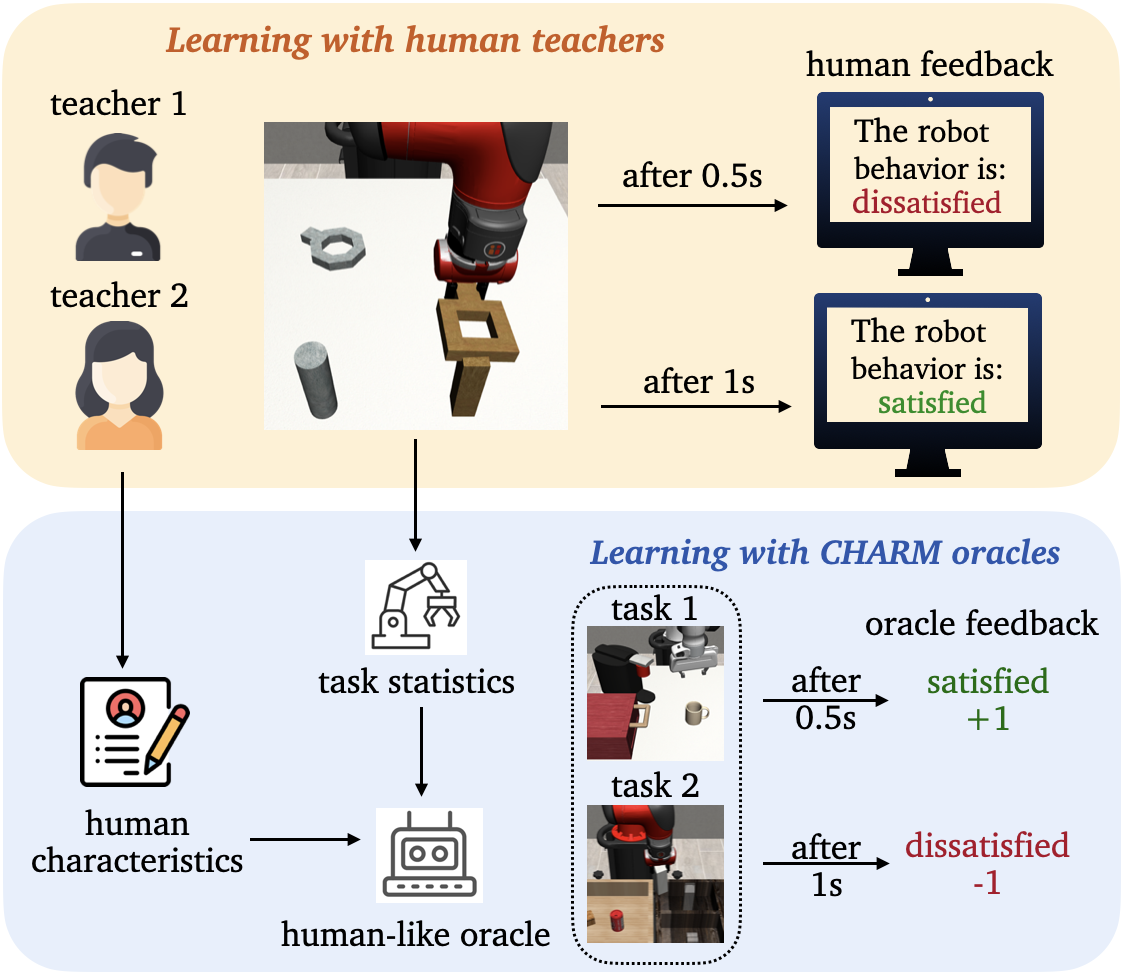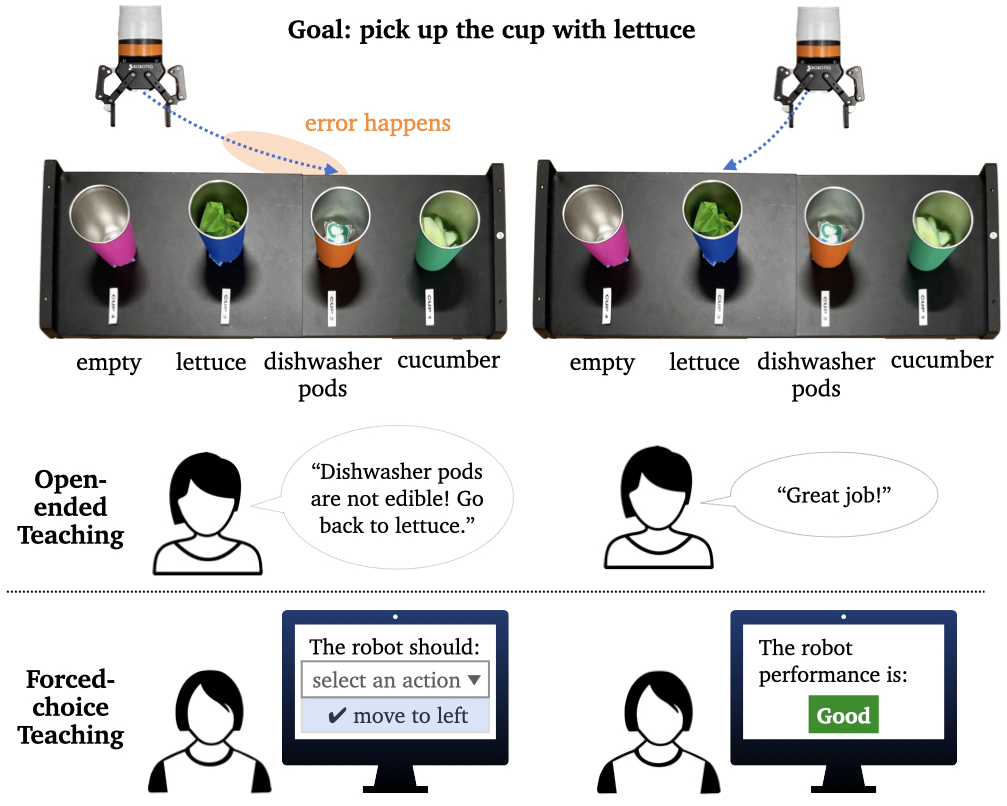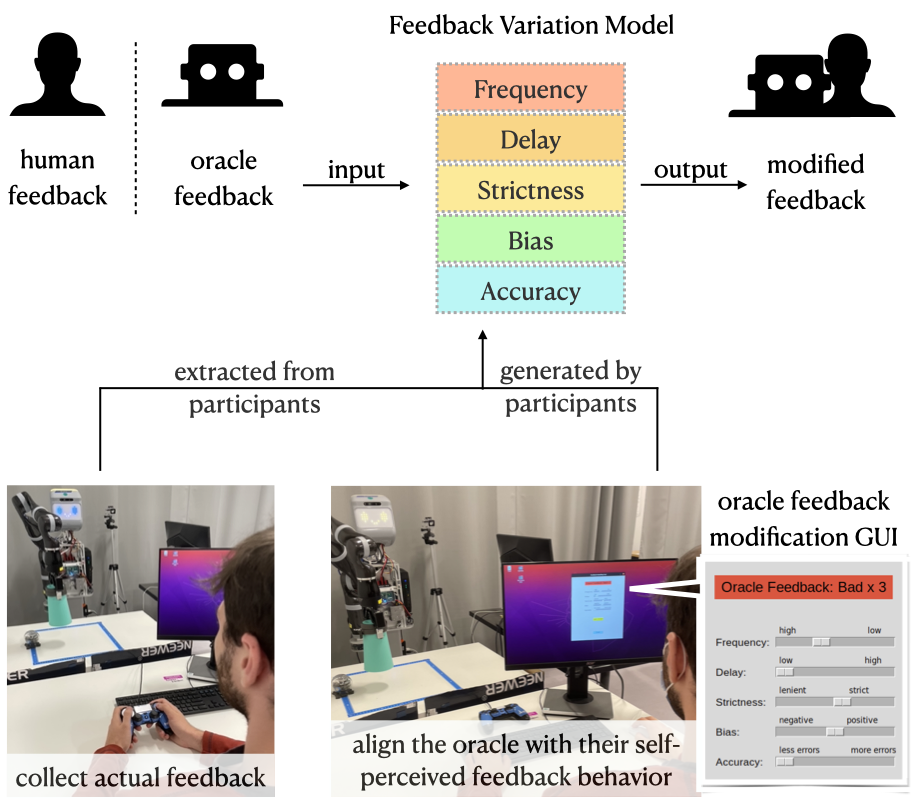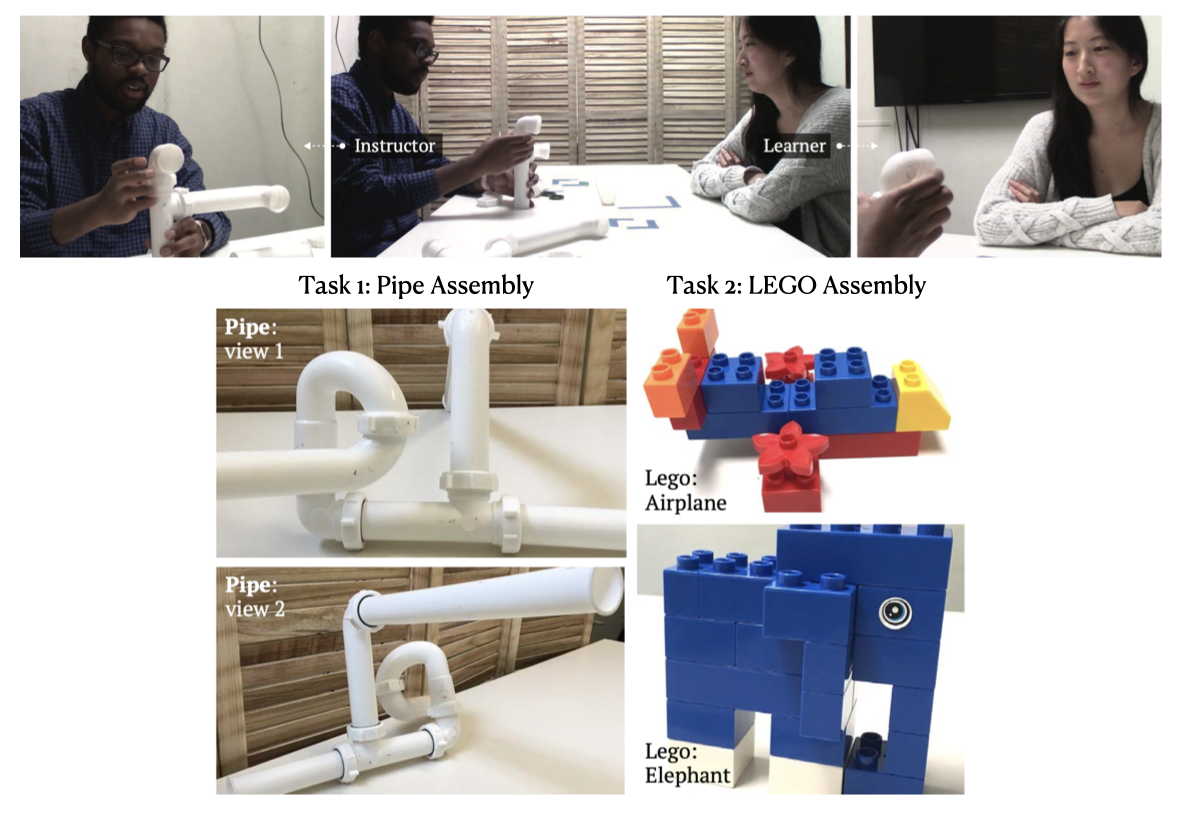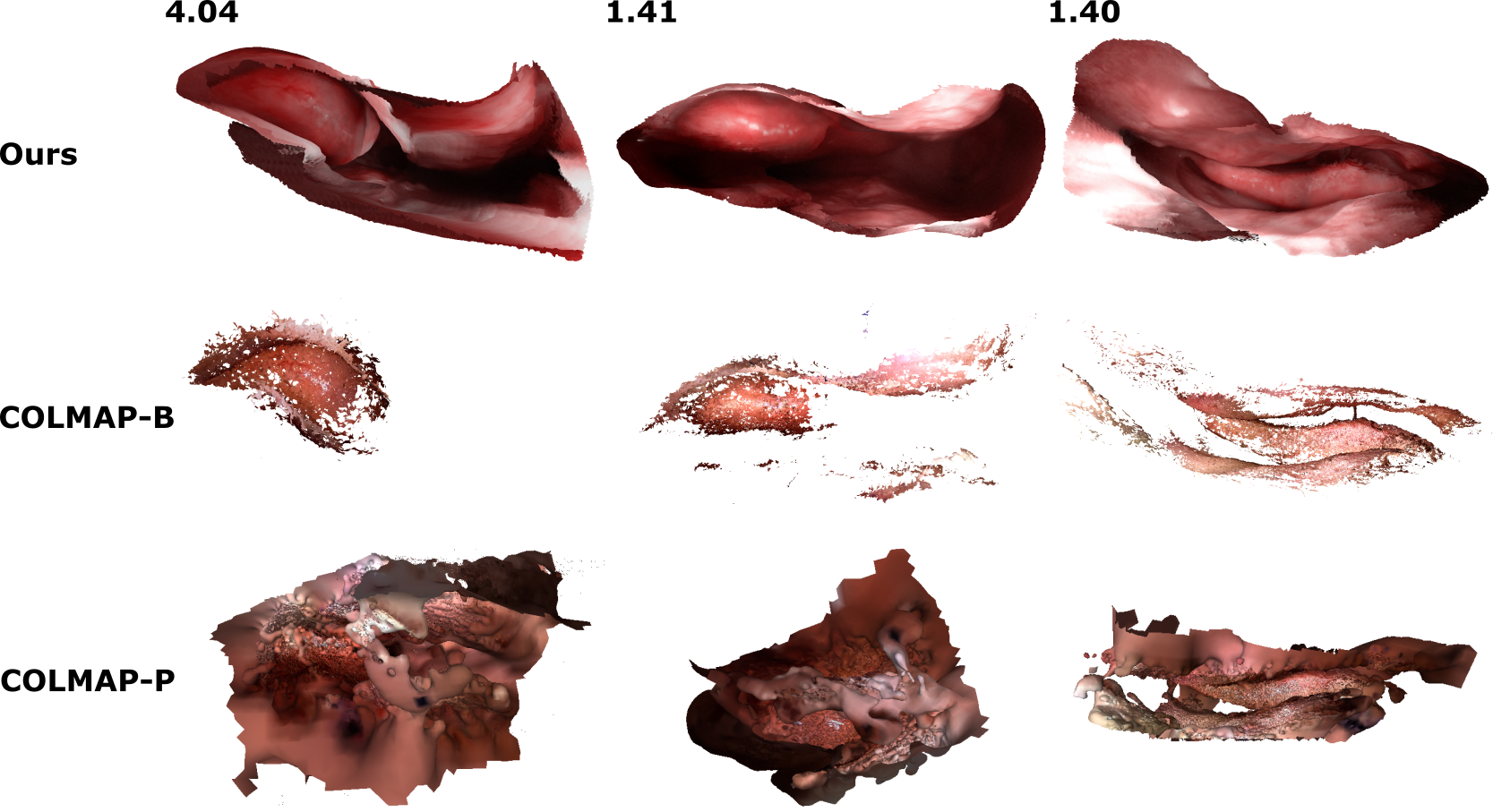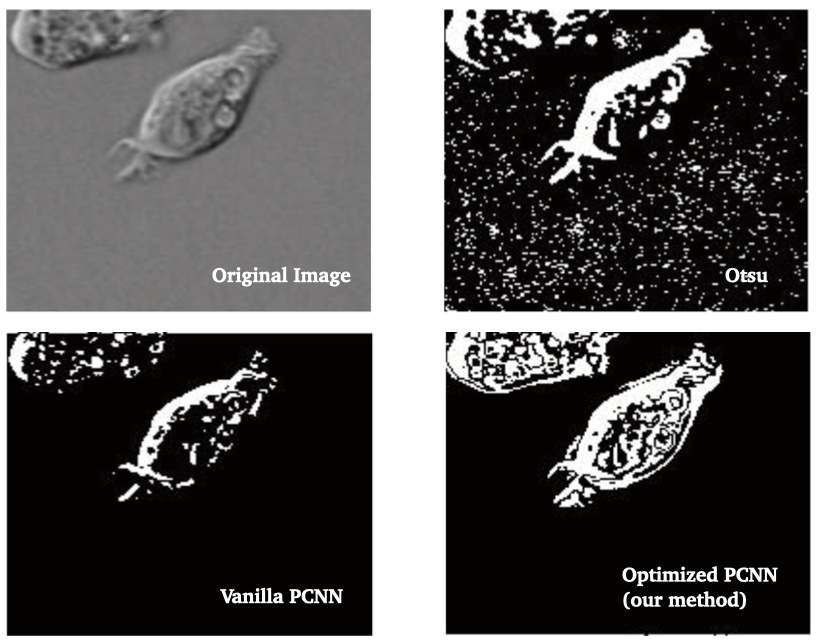Hello, I am Jindan Huang :)
I am a Ph.D. candidate in the Department of Computer Science at Tufts University, advised by Dr. Elaine Schaertl Short. I am a member of Assistive Agent Behavior and Learning Lab. Previously, I obtained my Master's degree in Computer Science from Johns Hopkins University, advised by Dr. Chien-Ming Huang and Dr. Russell H. Taylor.
My main research interests are Human-Robot Interaction and Human-centered AI. I focus on understanding and modeling human behavior in interactive learning systems, with the goal of enabling robots/AI agents to adapt to diverse human inputs and preferences.
Additionally, I am passionate about leveraging AI for accessibility and social good, especially in the fields of healthcare and education. If you would like to chat about graduate life or research ideas related to AI/HRI/HCI, feel free to email me to schedule a meeting. I also encourage students from underrepresented groups to reach out and will prioritize these meetings.
